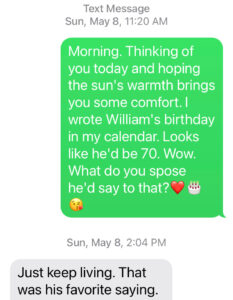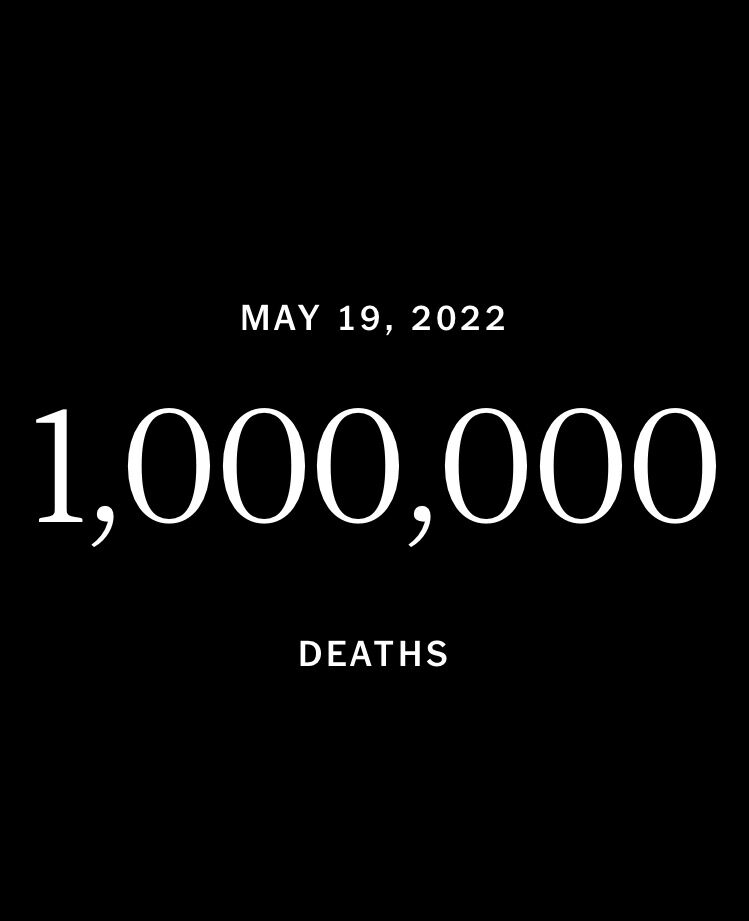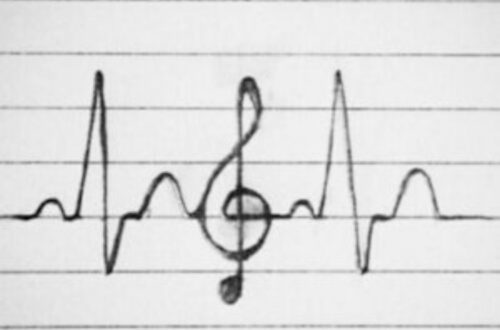Back in March 2020 when I began blogging about the COVID-19 pandemic, I never expected to still be doing it more than two years later. But here we are.
My blog categories have grown, but not in the way I had hoped. They have gone from Pandemic 2020, to Pandemic ’21 and now Pandemic ’22. It’s jarring and sad.
Nor did I ever think that within those 26 months, the United States would hit a staggering milestone: one million Americans dead from a novel coronavirus that we feared and knew so little about then.
A million lives lost is unimaginable, impossible to comprehend. As we mark this milestone, it’s important to remember that behind each loss was someone’s friend, someone’s love, someone’s family.
Each of them, one in a million.
In Monday’s New York Times Opinion section, they published a piece called “1 Million Dead, 13 Last Messages.” It was their commendable attempt to break through the nation’s collective numbness about so much loss, so much death.
They had asked readers to submit their last text message exchanges with loved ones they lost to COVID-19. I could not read it without tearing up more than once and even crying at the end.
The first case cited in the Times’ piece was from February 29, 2020, about a man in Washington State who had died of complications from COVID-19. The case marking the one millionth death was on May 19, 2022. As of yesterday, total U.S. deaths were 1,002,371.
The Times writer said she hoped her project encouraged “wistful reflection.”
Indeed. Behind each number was one of us. The texts made each person even more human and their deaths even more real.
I put myself in the shoes of these friends and family members who had lost their loved ones. I tried to imagine what it must have been like to send texts – or receive one as a final goodbye – because I couldn’t visit my loved one in the hospital.
Heartbreaking. Brutal. Strange. No emoji exists for all that.
The Washington Post’s online visual essay from May 18 prompted readers to consider this comparison: The population of Washington, DC, is about 670,000 people.
Try to imagine life without every person, in every building, on every street, in our nation’s capital. And then imagine another 330,000 people are gone on top of that.
Imagine? I can barely wrap my head around it.

I also wonder if I had lost someone close to me and texted them in their last days, would I have shared it like those Times readers did. Unlikely. Maybe. Probably.
Mostly, I’d want doubters to get their heads out of the sand and see how one million deaths, while far too many, was finally enough to make them believe. I’m still not convinced of that.
In early April 2020, COVID-19 had already claimed the lives of more Americans than all service members killed in the wars in Iraq and Afghanistan combined.
We knew someone who died of COVID-19 that year on April 10. He was William Brinson.
William would have turned 70 this year. We miss him and stay in touch with his wife, our friend Dinah. She had COVID-19, too, but she survived. Barely.
She still can’t taste or smell, and her brain fog won’t lift. But she hangs in there.
I texted her the morning of May 8, on what would have been William’s 70th birthday, to say I was thinking about him, and her, and wondering what he might say to mark the milestone.
She texted me back later that afternoon.
“Just keep living. That was his favorite saying.”
One in a million. That he was.





4 Comments
Vicky Lettmann
Such a moving post, Jen, and a good reminder of going beyond/within statistics to the real stories. Those numbers are overwhelming. We will never be the same.
Jennifer John
Never. Thanks, Vicky.❤️
Connie
We will never be the same. My last words to my sister, where you sound like you’re filling up with fluid. And she said she felt better than the day before. That was the last time I talked to her. She never made it out of ICU. Gone within 10 days.
Jennifer John
My heart goes out to you, Con.❤️